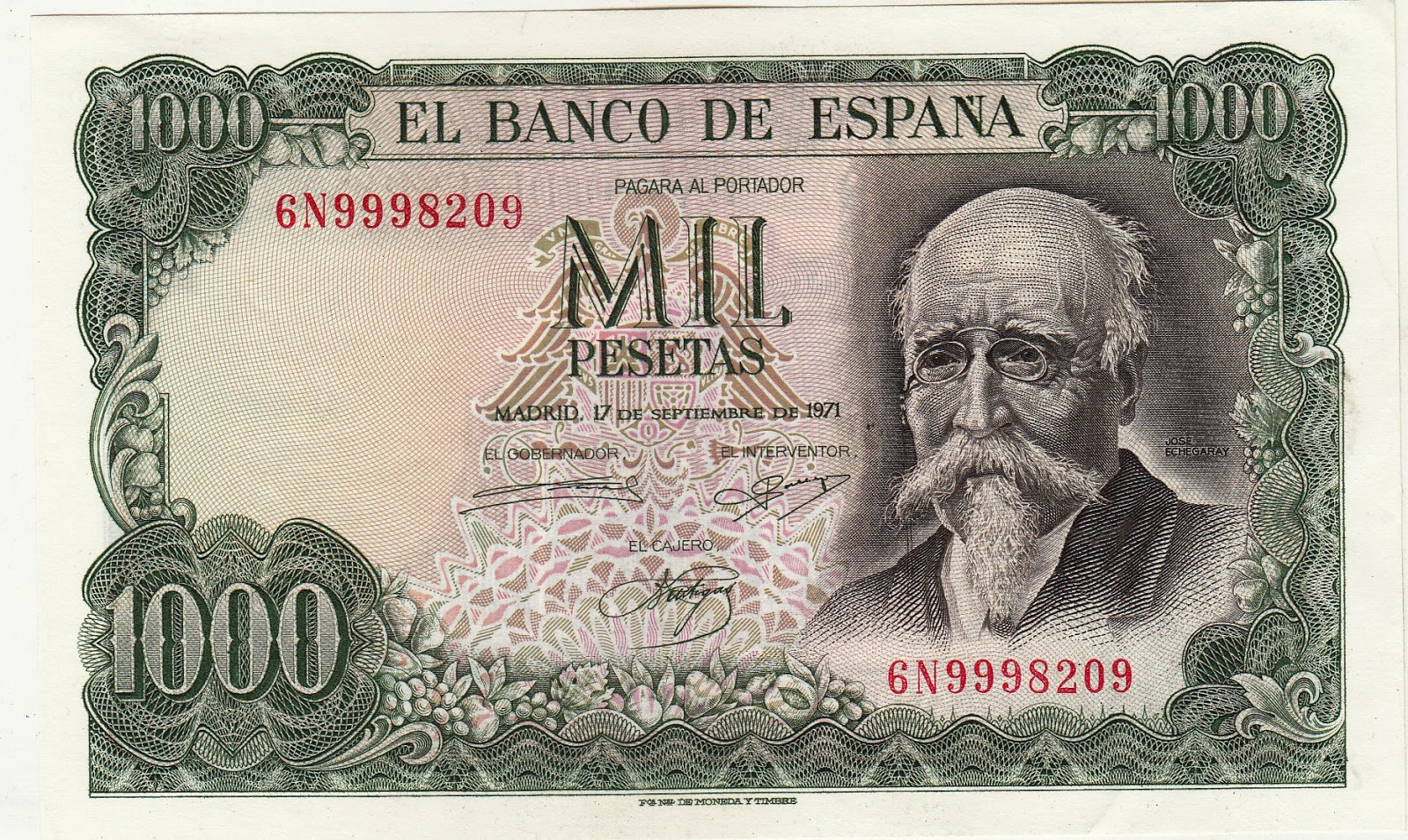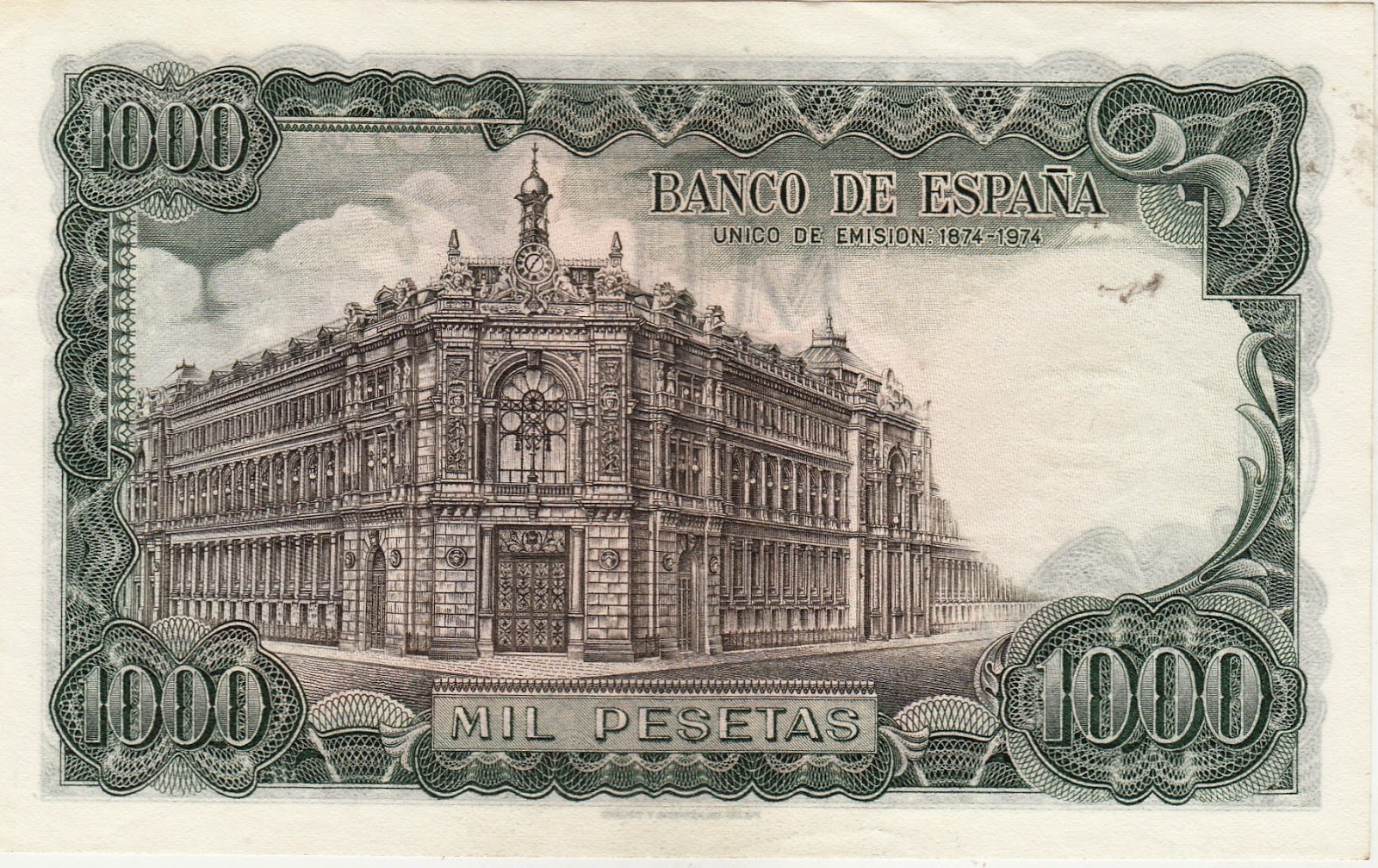José
Echegaray y Eizaguirre (1832-1916)
|
Spanish politician, writer, and mathematician, the leading dramatist of the last quarter of the 19th century. Along with poet Frédéric Mistral, he was awarded the Nobel Prize for Literature in 1904
"My dear fellow, I don't exactly know what you
mean by a dramatic spring. All I can tell you is that I have not the slightest
interest in plays where love does not preponderate – above all unfortunate love,
for I have enough of happy love at home." (Don Julian in The Great Galeoto, 1881)
José
Echegaray y Eizaguirre was born in Madrid to parents of Basque descent. The
family moved to Murcia, where his father held a professorship in Greek at the
Institute of Murcia. At the age of fourteen Echegaray returned to Madrid. In
1853 he graduated from the Escuela de Caminos and became in 1858 a professor of
mathematics of the same institute. In 1857 he married Ana Perfecta Estrada;
they had one daughter.
After a
short period as a practicing engineer, Echegaray taught mathematics until 1868.
Echegaray's papers and treatments appeared in El Imparcial, the Revista
contemporánea, Ilustración española y americana, the Diario
de la marina de la Habana, El liberal, and other newspapers and
magazines. Between the years 1859 and 1860 he published several articles on
free trade. He observed the solar eclipse of 1860 in northern Spain,
and went to the Alps to study the construction of the Mont
Cenis tunnel.
Echegaray's
scientific works, such as Problemas de Geometría Analítica (1685,
Problems in Analytical Geometry) and Teorías modernas de la Física.
Unidad de las fuerzas materiales (1867, Modern
Theories of Physics), gained him fame as the foremost Spanish mathematician of
his time. "Time was when every cultured person knew Latin," he once
said. "Time will come – and it is not very far off – when every cultured
person will have to know mathematics!" ('La Escuela Especial de
Ingenieros de Caminos, Canales y Puertos y las Ciencias Matemáticas,' Revista
de Obras Públicas 44, 1897)
Echegaray
served in various official posts. He was named minister of commerce in the
1860s and elected to the Cortes, the Spanish parliament in 1869. He also played
a major role in developing the Banco de España. In 1866 he entered the Academy
of Exact Sciences of Madrid with a lecture on the history of pure mathematics
in Spain (Historia de las Matemáticas puras en nuestra España).
Echegaray's
first drama, El libro talonario, was produced in 1874 at the
theatro Espanol under the pseudonym Jorge Hayaseca y Eizaguirre. The work was
born in temporary exile in Paris during the period of the First Republic
(1873-74). Echegary wrote it to show to his brother, a noted playright, how
easily it could be done, as playing a game of chess or solving a mathematical
problem. Following General Manuel Pavia's coup d'état, which
ended Emilio Castelar's short-lived republic, he returned to Spain and was
appointed minister of the Treasury.
After a
prominent political career, Echegaray devoted himself over the next decades to
writing, producing average of two plays a year. Echegaray crafted many of
his early dramatic works for his favorite actors, Rafael Calvo and Antonio
Vico. After Calvo's death in 1888 he collaborated over a decade with María
Guerrero (1868-1928), a celebrated actress, who formed a touring company that
premiered about 150 plays throughout Europe, the United States, and Spanish
America.
Until
Echegeray's most notable plays, the Spanish theatre had not attracted
international interest for a long time. About half of his sixty dramas were
composed in verse, many of them had a melodramatic title: La esposa del
vengador (1874, The Avenger's Wife), En puño de la espada (1875,
At the Hilt of the Sword), En el Seno de la muerte (1879, In
the Bosom of Death), La muerte en los labios (1880, The
Taste of Death), etc. O locura ó santidad (1877,
Madman or Saint), which was translated into English in 1895, brought him
international recognition. In the story Lorenzo Avendaño inherits a fortune,
but after discovering that he is not the real heir of the wealth, he tries to
give it back. However, his greedy relatives have other plans, and Lorenzo is
placed in an asylum.
Open to new
currents and influenced by the work of the great Norwegian
dramatist Henrik Ibsen, Echegaray began to explore social issues. El
hijo de Don Juan (1892, The Son of Don Juan), written in prose, was
inspired especially by Ibsen's The Ghosts, both dealing with
hereditary venereal disease. Basically Echegaray's play is Romantic,
written with sombre passion, except for a short humorous dialogue between
Don Juan and his son Lázaro, who thinks that Zola is a great writer and asks
his father, does he like Kant. Don Juan replies: "Kant? Do you say Kant?
The very thing. He was always my favorite author. When I was young I fell
asleep every night over Kant. [Aside.] Who the deuce is he?" Piensa
mal y ¿acertarás? (1884) contains a symbol of a wounded bird, that
recalls the wild duck in Ibsen's drama of that name.
El gran
Galeoto (1881, The Great Galeoto), Echegaray's
best-known work, depicted consequences of gossips with frenzy and moral
mission. Rumor spreads that a play by a young writer, Ernesto, depicts his
relationship to Don Julián's young wife Teodora. One of the characters says:
"It was wrong for people to conclude the worst because they saw you
walking with him, and saw him so often at the theater with you. But, Teodora, in
reason and justice I think that, if the world was bent on seeing evil, you
furnished the occasion. Permit me to point out to you that the fault which
society most fiercely chaztises, pursues most relentlessly and cruelly, and in
every varied imaginable way, both in man and woman . . . is temerity."
Don Julián defends his wife in a duel with a Viscount, and dies – believing
that the gossip was true. Ernesto kills the Viscount and leaves with Teodora.
The title of the play refers to Galahad, the knight who brought Lancelot and
Queen Guinevere together. The Great Galeoto was received with
international appreciation and was produced in Athens (1895), Paris (1896), and
Boston (1900).
"Although the public consistently received
Echegaray's plays with enthusiasm, the young intellectuals and writers of the
day criticized extreme sentiment and exaggerated style of his dramas as
artificial and outmoded. Critics attributed his "originality" to
eclectic influences from the general European theatre, notably French naturalism
and Ibsen . . . While the neoromantic elements of Echegaray's plays have
historical significance in that they reflect the popular taste of his day, they
have little appeal for present-day audiences." (Andrés Franco inMcGraw-Hill Encyclopedia of World Drama,
Vol. 2, edited by Stanley Hochman, 1984)
From the
1870s to the early 1900s, Echegaray was the leading Spanish dramatist. He was
elected to the Royal Spanish Academy in 1894 and in 1904 he served briefly as
head of the Treasury. In 1912 he received the Order of the Golden Fleece by
King Alfonso XII. The literary generation that followed Echegaray, the
so-called Generation of 1898, saw that his dramas
represented the old school – virtue is rewarded and vice punished. However,
often Echegaray's innocent characters were also vulnerable to unforeseen
consequences of fate and they were punished as well as the wicked.
Echegaray was
genuinely surprised and delighted but his enemies were shocked when he was
awarded the Nobel Prize. The radical dramatist Ramón María del
Valle-Inclán, a member of the Generation ´98, who had a great distaste for
the work of Echegaray, called him a "el viejo idiota" (the old
idiot). Many critics believed that the honour should have
gone to the novelist Benito Pérez Galdós (1843-1920). Echegaray died in
Madrid on September 14, 1916. His work opened the way for the later
playwrights, such as Jacinto Benavente, to revolutionize Spanish
drama.
Paper money issued on this Great Man.....
Spain issued 50 PESETAS on 19.03.1905 and again issued commemorative issue of MIL PESETAS - 1000 Pesetas during "Centennial of Banco de España becoming the only Issuing Bank (1874-1974)" on 17.09.1971.
A) 50 Pesetas - 19.03.1905
Front : Portrait of Jose Echegaray with Denomination at Centre
Back : Cherubim with Serial Number in Red.
No varieties observed in this note.
B) MIL Pesetas - 1000 Pesetas
Varieties Observed in the Serial Numbers and Prefixes
Type 1 - No Letter Prefix - 6 Digits
Type 2 - No Letter Prefix - 7 Digits
Type 3 - Single Letter Prefix - 6 Digits
Type 4 - Single Letter Prefix - 7 Digits
Type 5 - Single Digit - Single Letter - 6 Digits
Type 6 - Single Digit - Single Letter - 7 Digits
Type 7 - Replacement Note with Prefix 9C - 7 Digits
Notes from Personal Collection
Paper money 1
Paper Money 2
Paper Money 3
Paper Money 4
Paper Money 5
Paper Money 6
Paper Money 7
Type 1 - No Letter Prefix - 6 Digits
Type 2 - No Letter Prefix - 7 Digits
Type 3 - Single Letter Prefix - 6 Digits
Type 4 - Single Letter Prefix - 7 Digits
Type 5 - Single Digit - Single Letter - 6 Digits
Type 6 - Single Digit - Single Letter - 7 Digits
Type 7 - Replacement Note with Prefix 9C - 7 Digits
Notes from Personal Collection
Paper money 1
Paper Money 2
Paper Money 3
Paper Money 4
Paper Money 5
Paper Money 6
Paper Money 7
Paper Money 8
Paper Money 9
Paper Money 10
Paper Money 11
Paper Money 12
Paper Money 13







































No comments:
Post a Comment